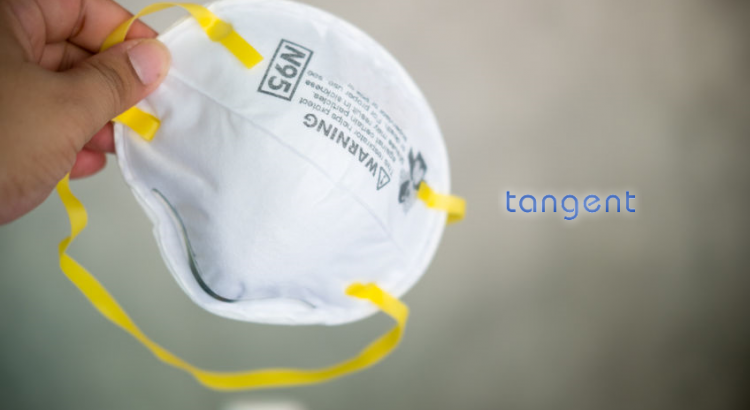While some sectors of the economy have seen success in their reopening efforts, others have floundered. The industrial sector has been hit hard by the pandemic-induced recession. Keeping your factory or industrial facility afloat during these times may be a challenge, but there are ways that some factories are bouncing back. Manufacturing PPE Some factories […]
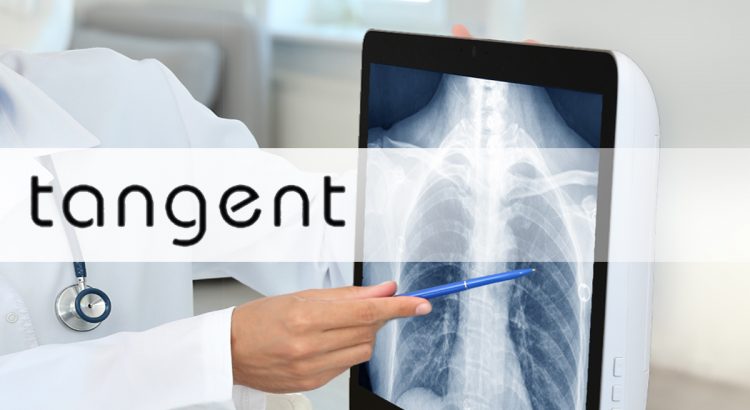
3 Ways Remote Monitoring Can Help Your Hospital
As new case numbers continue to set records daily, hospitals must rethink the ways in which they see patients. Telehealth has been an indispensable tool during this pandemic to keep both doctors and patients safe, but it is only one part of the solution. With the addition of remote monitoring on medical grade computers, hospitals […]
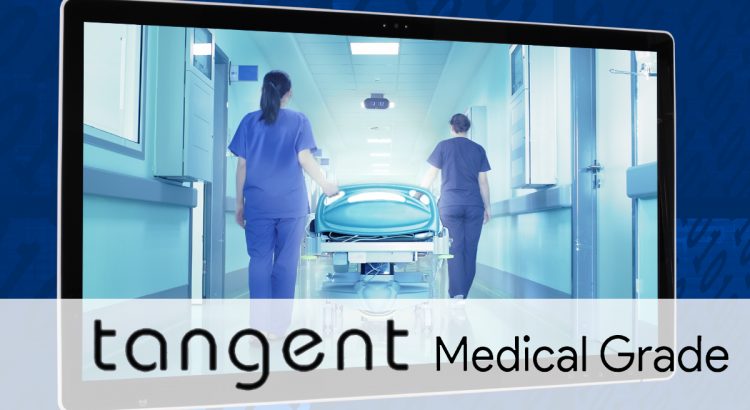
What Is Remote Monitoring On Medical Computers?
There is a lot of talk about telehealth these days, and while it has been a vital tool during this pandemic, there have been other medical computer-based solutions that have been overlooked. One such solution is remote monitoring via medical computers, which can help hospitals continue to treat patients without putting them in harm’s way. […]
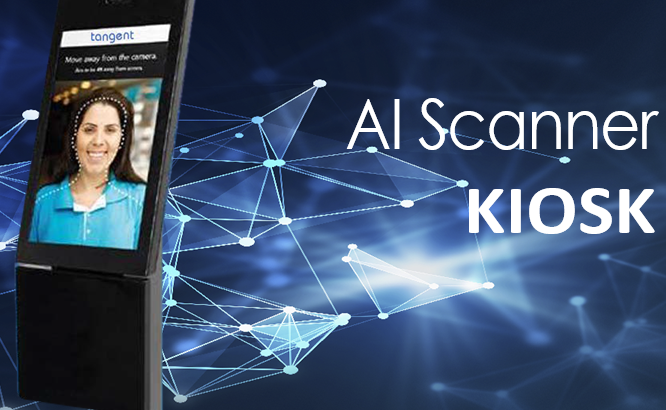
AI Thermal Scanner For Better Skin Temperature Detection
While this pandemic continues, there is no such thing as “too much precaution.” Mitigating the risk of infection for those who leave their home will be crucial in preventing more infections. In order to do this, screening employees and customers for symptoms of infection should occur. While traditional temperature scanners are a great way to […]
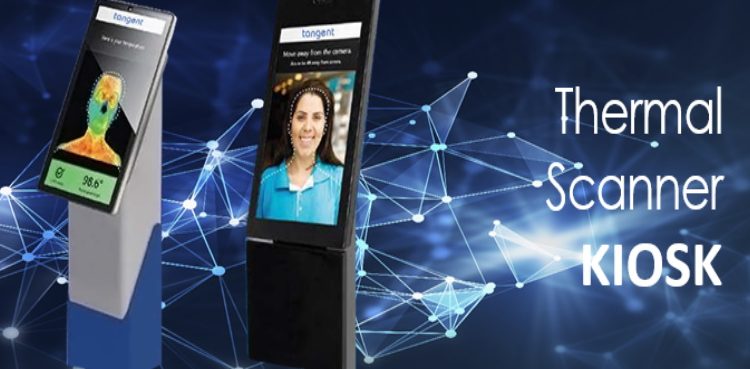
Thermal Temperature Scanner For Elevated Skin Temperature Detection
In these times, taking every precaution possible is crucial to the mitigation of the pandemic. While some infected persons show no symptoms, many do show symptoms. Screening for signs of these symptoms has already been in place for many places such as hospitals for denying entry to potentially infected persons. With a Heatview Thermal Temperature […]
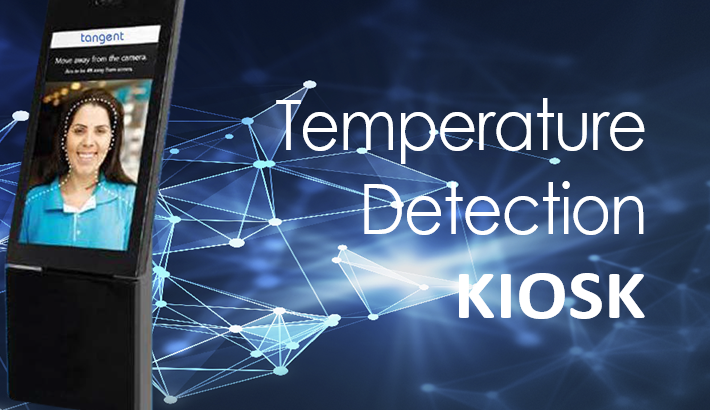
Automatic Elevated Skin Temperature Scanner Kiosk For High Congestion Areas
As infection cases around the country surge, keeping both employees and customers safe during this pandemic is more important than ever. In order to keep both hospitals and places of businesses open, Tangent has designed and manufactured the Heatview Elevated Skin Temperature Scanner Kiosk. With the Heatview Elevated Skin Temperature Scanner Kiosk, entrants can safely […]
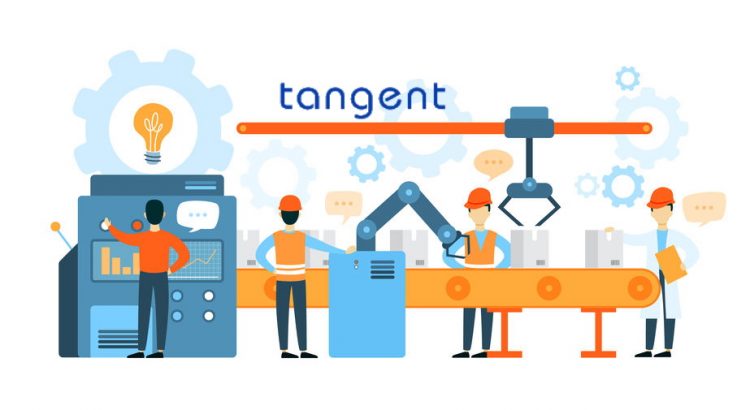
3 Best Mini PCs For Efficient Industrial Use
When looking for ways to make your factory more efficient, there are a number of options to consider. One of the prime ways to make the most of your facility is to equip it with mini PCs. Mini PCs are small, compact industrial computers that can do the work of larger industrial computers without taking […]
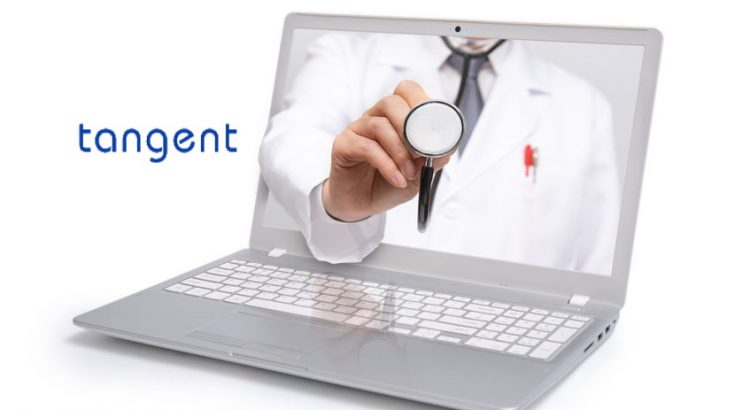
Is Virtual Primary Care Possible With Telehealth On Medical Computers?
As we march through this pandemic, the ways in which we live our daily lives have changed drastically. One of these ways is the adoption of telehealth technology for non-essential primary-care visits. In March alone, telehealth visits were up 4346.94% compared to March 2019. The quickly expanding scale of telehealth on medical computers is astonishing, […]

Medical Tablets For Hospital Safety
While phased reopenings in various states continue, the trend of infection cases is only increasing. While this is worrisome on its own, the impact this can have on our healthcare system is not to be underestimated. Keeping patients safe is the priority of every hospital, and in these times this priority is all the more […]
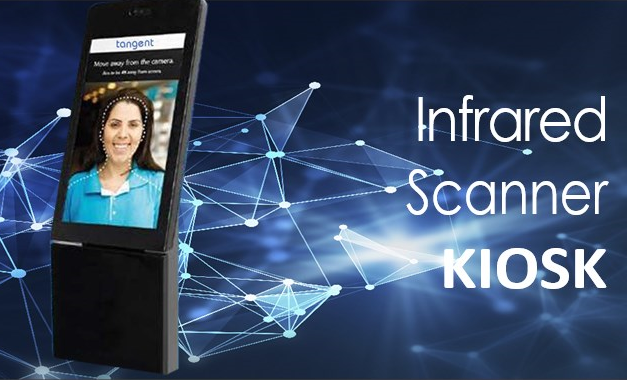
Infrared Temperature Scanners For Elevated Skin Temperature Detection
As businesses around the country seek to reopen, getting customers comfortable with returning will be a considerable challenge. One way to make customers feel more safe in their return is to screen entering customers for symptoms of infection. But how can customers be screened for symptoms without putting employees at risk? Infrared temperature scanner kiosks […]
